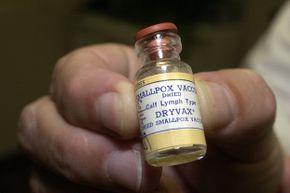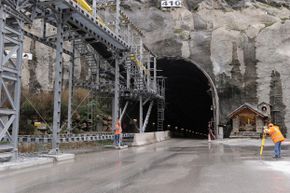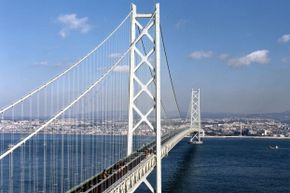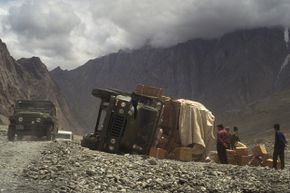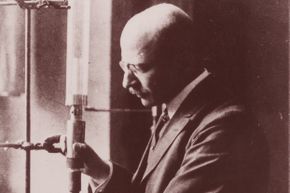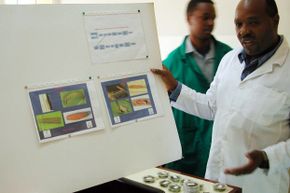If you're of a certain age, you'll remember a series of commercials for Chiffonmargarinefeaturing none other than Mother Nature herself. In one, she's handed a dish of the bright yellow spread and upon tasting it, declares it to be "her delicious butter." But when the narrator tells her no, it's actually Chiffon, she snarls, "it's not nice to fool Mother Nature," and angrily summons a flash of lightning.
If we as a species are honest with ourselves, we'd admit not only that it's not nice to fool with Mother Nature, but that it can be foolish as well. There have been many infamous incidents throughout history when we've tried to overcome the power and scale of our planet and its forces only to find out we just can't hang. Remember the "practically unsinkable"Titanic, whose maiden voyage in 1912 was cut short by an iceberg that sent more than 1,500 passengers to a watery death? [source:History.com staff] Or the Banqiao Dam in China, which collapsed in 1975 under pressure from heavy rains, causing the failure of 62 dams below it and killing 171,000 people? [source:Fish]
Advertisement
We could go on. But for the next 10 pages, let's forget about those failures and instead remember the times we fooled with Mother Nature — and actually managed to win.
